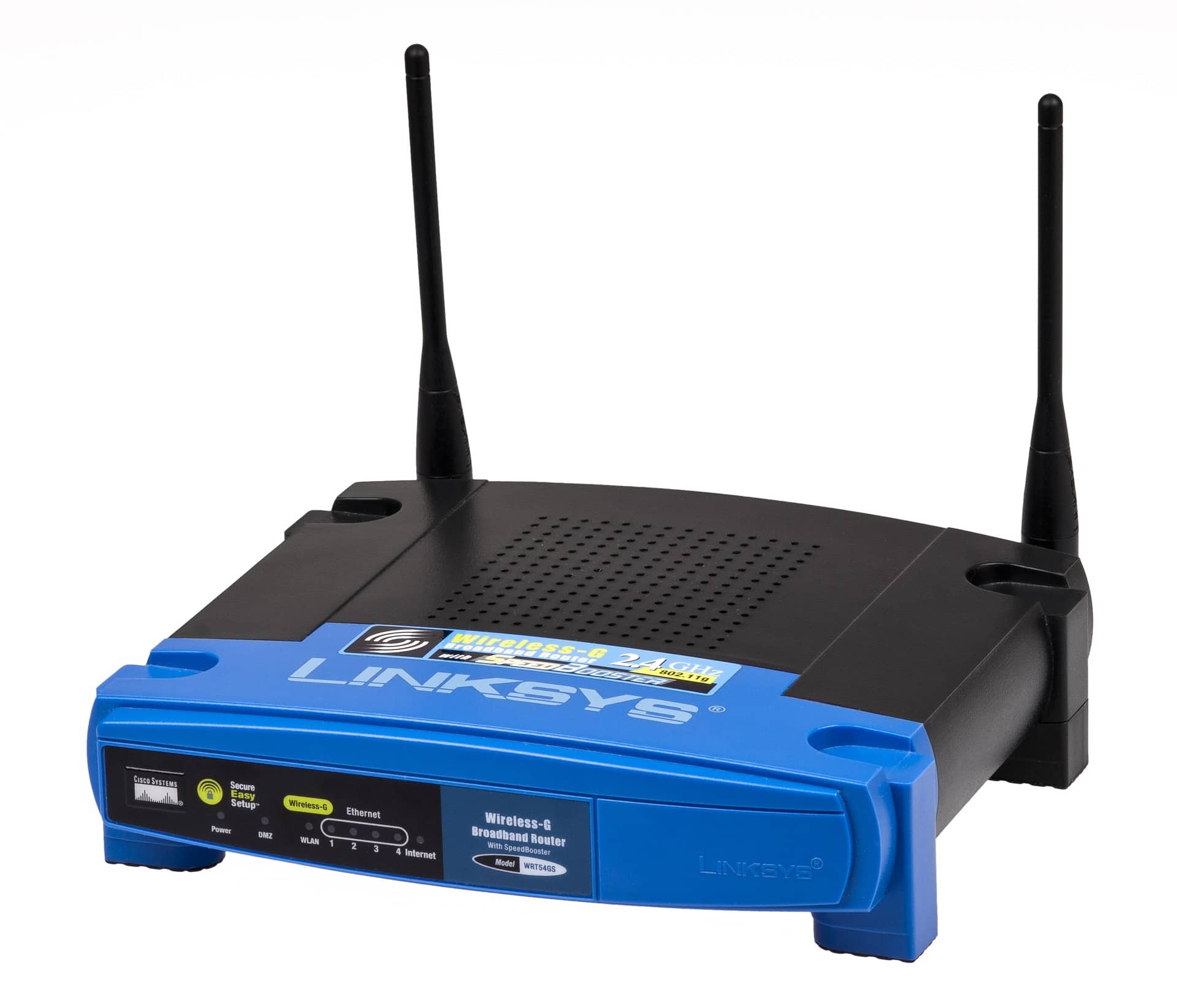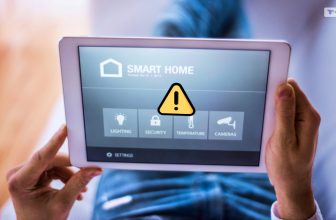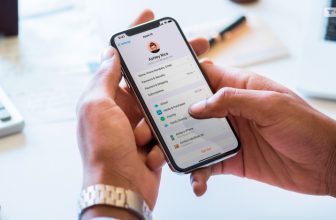
This year India became one of the fastest-growing regions in the world for augmented reality. They also have the fastest growing app market and are expected to cross the 100-billion dollar mark in e-commerce by the year 2020.
This rapid growth in connected technology is great for people in India who are in desperate need of faster upload and download speeds to service the ever-expanding need of internet connectivity. It means that the infrastructure is set to be upgraded, and speeds are about to become a whole lot faster than before. That’s the sound of awesome!
Getting The Speed You Pay For:
Why Does Speed Matter Anyway:
Internet speed is what allows you to watch your favorite movies and television shows without those annoying buffering notifications. If you watch Netflix, you don’t want to get 10 minutes into your movie before you start getting that infamous buffering wheel (or is it just dots now?) starts up and you’ve got to wait another 10 minutes to get back to the show.
Plus, the gaming community is becoming more connected than ever before. Gone are the days where we sit on the couch all by our lonesome smashing buttons on our controllers at seemingly random intervals. Now we do it online with our friends! And that requires an internet connection fast enough to keep the game operating at acceptable levels.
Making Sure You Get the Fastest Speed:
The absolute best way to get the speeds you pay for is to connect your devices directly to the router itself – this is especially true for gamers. The reasoning for this is because cable connections are always going to be faster than wireless connections. https://www.holgadirect.com/
Don’t believe us? Head over to speedcheck.org and test it for yourself. Either way, we’ll give you the science behind it.
Wireless signals take longer to get to the wireless receiver and back to the router. Why? Because wired connections don’t have to compete for data transmissions the way that wireless signals do. Plus, they have built-in interference prevention (that’s the wire).
Getting the Best Wireless Connection:

Even though the best way to get top speeds is through a wired connection, we understand that it isn’t always feasible. I mean, who wants wires hanging all over the place in their home. Besides most of our connected devices don’t even have ethernet ports. And that is where router placement comes into play.
Router Placement:
Getting full wireless coverage throughout your home rests largely on where you place your router. If you’re like me, then you’d like to keep your router hidden from view at all times. Unfortunately, that’s just not how wireless routers work.
Like any living breathing organism (and what else does a router do if not exhaling internet signals), routers need oxygen. An open area where it can breathe and communicate with all of the devices connected to it.
You’ll also want to keep your router in a central location of the house. If you’re in a smaller living space (say 1000 sq ft or less) then you won’t see much of a difference in signal strength from one end of the house to the other.
But try that in a house 2k square feet or more, and you might find that you can’t even connect to a browser in the back room. Furthermore, the closer your router is to your device, the faster the signal will be able to go from the router, to the device, and back to the router.
Okay, so you’ve got your router in a centralized location and free of obstructions. Now all you need to do is take the speed test and make sure you’re getting the speeds you pay for.
Extenders:
Sometimes, even with a powerful router and high-speed access to the net, your wifi signal needs an extra boost. That’s what wifi signal boosters are for. Just plug it in, and let it expand your wireless signal to where you are experiencing a dead spot.
Continually Check Connection Speeds:
We’ve already seen a 15% increase in India’s average internet speed, from 18 megabits per second average download to an average download speed of more than 20 Mbps. And that was in the course of only a few months. It stands to get a whole lot faster in the coming years too.
And that’s great!
But the mere fact that faster internet is being offered by ISP’s certainly doesn’t mean that you are going to get the speeds that are advertised. Test your internet speeds periodically to be sure. And remember it is always a good idea to keep a log of all your speed checks. Internet providers are notorious for trying (and often succeeding) to throttle the speeds of its consumer base, and you want to have an idea of when your performance drops off.
Check out Speedcheck.org and make sure you are getting the service you are paying for. They’ll show your upload speed, download speed, and your ping (latency). It will even show your IP and your service provider. And if you sign up for their free account, you’ll be able to keep a log of all your previous speed checks.






